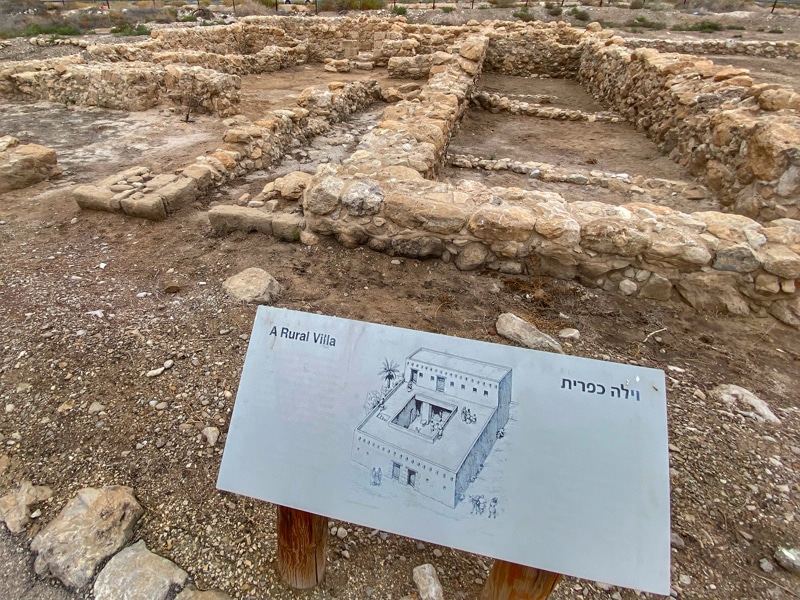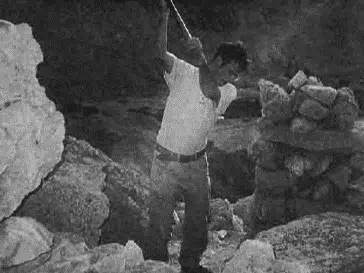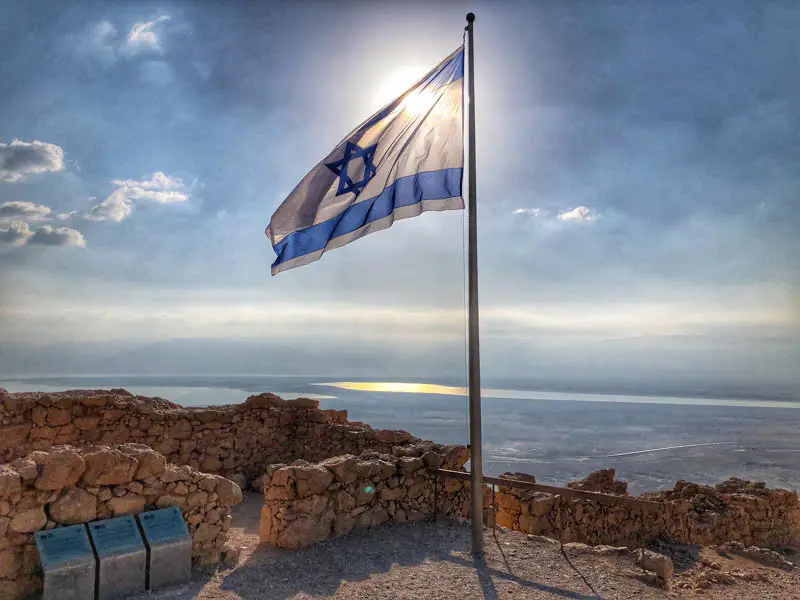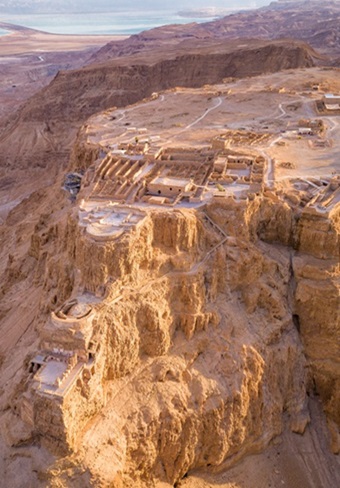Ein Feshkha (Einot Tzukim)

Ein Feshkha, known also as Einot Tzukim, is a quaint nature reserve and archaeological site 3 km south of Qumran. 19th-century explorers recorded the site’s thermal spring, ruins, and rich foliage.
In 1969, Israel declared Einot Tsukim a nature reserve to protect its extraordinary wildlife. The reserve has a unique flora and fauna, especially the endemic killfish. Certain parts of the reserve are fenced and open for visits only once a week. On the other hand, the public part of the reserve is famous for its natural freshwater springs, which fill family-friendly wadding pools.
The PEF Rock
In 1900, the PEF set a benchmark next to the site to measure the height of the Dead Sea, which they used it until 1913. Later, its location was forgotten, but after the Six-Day War 1967, Israeli researcher Ze’ev Vilnay rediscovered it.
Ein Feshkha Archaeological Site
 Next to the springs is an archaeological site. A French team excavated it in the 1950s. In 2001 Israeli archaeologist Y. Hirschfeld conducted more excavations at the site. It proved to be primarily remains of a first-century AD mansion. It comprises a main building with a central courtyard, stables (?), and several plastered pools. Scholars debated the purpose of these pools, suggesting they were a tannery for the scrolls of Qumran, to raise fish, to dye textiles, to produce wine, date honey, or opobalsamon perfume.
Next to the springs is an archaeological site. A French team excavated it in the 1950s. In 2001 Israeli archaeologist Y. Hirschfeld conducted more excavations at the site. It proved to be primarily remains of a first-century AD mansion. It comprises a main building with a central courtyard, stables (?), and several plastered pools. Scholars debated the purpose of these pools, suggesting they were a tannery for the scrolls of Qumran, to raise fish, to dye textiles, to produce wine, date honey, or opobalsamon perfume.
Touring En Feshkha
En Feshkha / Einot Tzukim is a national park. It is open every day of the week and has an entrance fee. Guided tours are offered to the “closed reserve” every Friday.
A tour of Ein Feshkha can be combined with a day tour of the Dead Sea.











